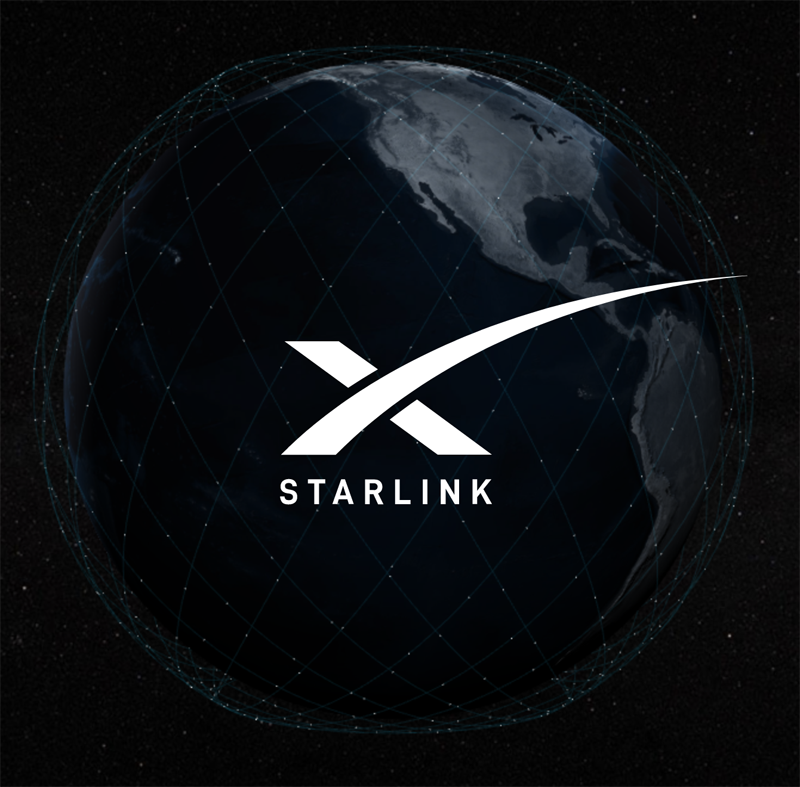Starlink Aviation Targets Private Jet In-Flight Connectivity

Elon Musk’s satellite internet service from SpaceX pushes into in-flight connectivity sector with rollout of Starlink Aviation
SpaceX has rolled out an aviation targetted satellite internet service on Tuesday, as the Elon Musk venture seeks to expand its in-flight connectivity move.
Starlink Aviation will deliver SpaceX’s Starlink service to selected private aircraft, by offering onboard connectivity speeds of up to 300Mbps to planes equipped with its Aero Terminal – which will cost $150,000 per aircraft.
The arrival of Starlink Aviation comes after Elon Musk recently complained about the costs of providing Starlink services to Ukraine for free. He later said he would continue funding Starlink operations in Ukraine.

Starlink Aviation
The arrival of Starlink Aviation signals Musk’s mission to commercialise the satellite internet service and broaden its reach.
It should be remembered that it was only in July 2022 when the Federal Communications Commission (FCC) approved the use of the Starlink satellite broadband system for moving vehicles (i.e. planes, trains and ships).
Now Starlink Aviation has on Tuesday officially announced its arrival for the aviation sector.
With Starlink, passengers will be able to access high-speed, low-latency internet from the moment they walk on their plane → https://t.co/bcn8jvpKgi pic.twitter.com/mDDQou1ZA3
— SpaceX (@SpaceX) October 19, 2022
Besides the $150,000 cost for the Aero Terminal antenna for the plane, private jets will have to pay between $12,500 to $25,000 a month for the service.
“Starlink can deliver up to 350 Mbps to each plane, enabling all passengers to access streaming-capable internet at the same time,” said the firm on its website FAQ.
“With latency as low as 20 ms, passengers can engage in activities previously not functional in flight, including video calls, online gaming, virtual private networks and other high data rate activities,” it said.
This is a big jump in connectivity speeds for the aviation sector.
Currently most flights tend to use air-to-ground systems, with a typical maximum top speed of approximately 10Mbps per flight.
And these systems will only work while flying over land.
Meanwhile current satellite systems for the aviation sector typically offer between 30Mbps and 100Mbps.
Starlink Aviation will begin delivering terminals in mid-2023, with reservations requiring a $5,000 payment.
In-flight competition
Starlink Aviation will find itself competing against some new and established players in this sector.
British satellite internet firm OneWeb for example intends to have a constellation of 648 low Earth orbit satellites, of which 428 are currently in orbit.
The UK firm operates satellites for clients including government and TV broadcasters from a higher geostationary orbit, as distinct from the lower orbit used by firms such as Starlink.
OneWeb on Tuesday announced an agreement with in-flight giant Panasonic Avionics, which offers service to some 70 airlines, to market and sell OneWeb’s broadband service to airlines by mid-2023.
The top-tier products from Panasonic Avionics/OneWeb will supporting link speeds approaching 200 Mbps and return link speeds up to 32 Mbps everywhere, including polar routes.
Currently UK-based Inmarsat and its US rival ViaSat, which are planning to merge, also dominate the aviation connectivity sector, as does GoGo Inc.